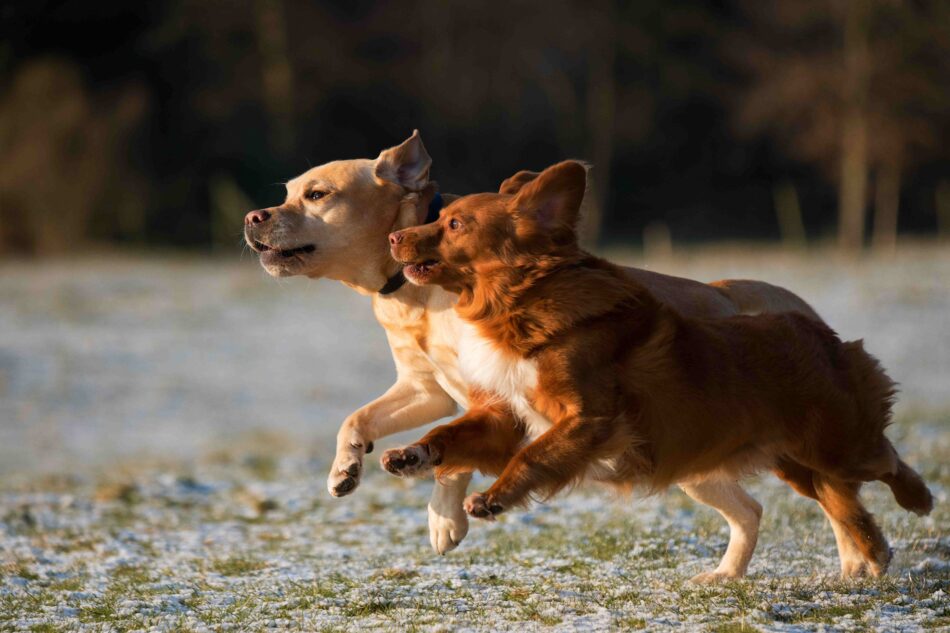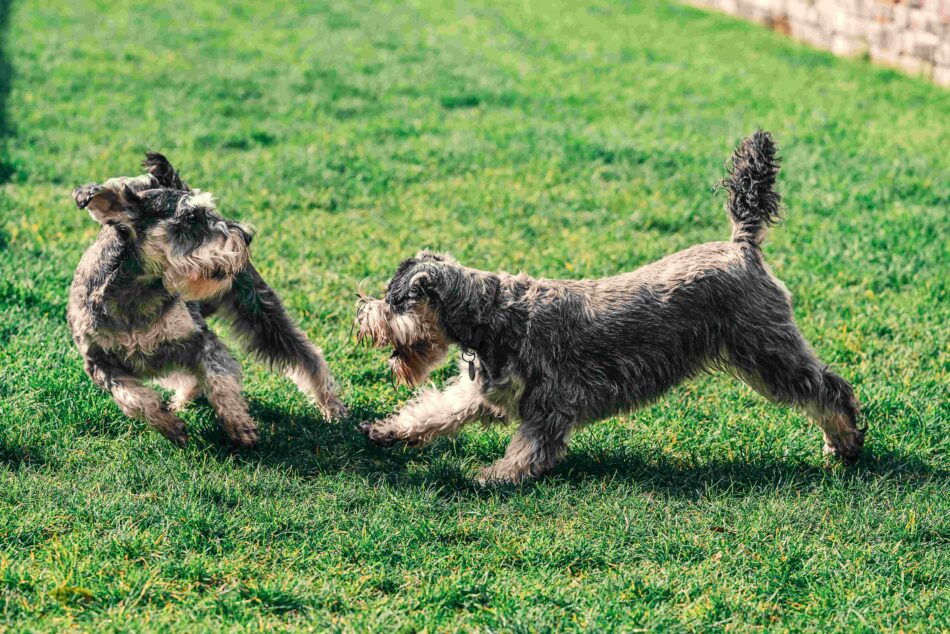
Like most other animals, chickens can suffer from parasitic worms. These are endoparasites that live inside your bird’s body, and are collectively called Helminths by vets.
Does my chicken have worms?
The three types of parasitic worms that your chickens are most likely to contract are:
- Roundworms. There are a number of different roundworms, with the large roundworm being the most common. They live anywhere in the bird’s digestive system, and can sometimes be spotted in your chickens’ droppings.
- Gapeworms. These nasty parasites attach themselves to the trachea of the chicken, hooking on without moving.
- Tapeworms. These attach themselves to the lining of the intestine and can get really long and unpleasant. They are less common, but will more significantly affect the bird.
It’s not always straightforward to tell if your chicken has worms, but symptoms may include a paler comb, decreased egg production, diarrhoea and increased appetite without weight gain. A chicken who has been infected with gapeworm will stretch their neck and gasp for air. Sometimes you won’t spot an infection until it’s really serious and possibly untreatable.
To worm or not to worm
Many chicken keepers therefore choose to worm their chickens regularly to prevent them getting infected, usually once in spring and once in autumn. This is normally done using Flubenvet, a poultry specific wormer you can get at the vets that will kill both the worms and their eggs. Make sure you get a worming treatment that is suitable for chickens, and check if you should be discarding the chicken’s eggs while she is being treated. Always worm all chickens at the same time.
Other chicken keepers think it’s better to only treat chickens that have a confirmed infection. This is partly because some wormers are only effective on particular parasites, and will be pointless if your chickens have a different type of worm. Some also think it’s unnecessary to stress the system by giving the birds treatment for an issue they might not have. Additionally, it can be pricey to worm a whole flock twice a year.
If you don’t want to treat your chickens without a diagnosis, but suspect they might have worms, you can get their droppings tested for presence of eggs. Ask your vet if they will do it for you, or you can send the droppings off to a laboratory in pre-made kits.
 Prevent infections
Prevent infections
Whether you decide to treat only confirmed worm cases or worm preventatively, it’s always best to do everything you can to make sure your chickens don’t contract parasites.
One of the best things to do is to regularly move their coop and run to a new patch. This will stop serious outbreaks, as it stops the life-cycle of the worms. Worm eggs are expelled in the droppings from infected birds, and survive on the ground for a surprisingly long time before they are picked up by foraging chickens. This is called a direct life-cycle, as the worm doesn’t need a host animal to get to your hens. Worms that have an indirect life-cycle on the other hand let their eggs first be ingested by for example earthworms, slugs or centipedes, where they lay dormant until the host is eaten by one of your chickens. The larvae hatch inside your hens, and the cycle repeats.
To prevent an unbreakable chain of worm infestations, it’s therefore important to regularly move your chickens. This is made easy by portable chicken coops like the Eglu Cube or the Eglu Go UP.
Another useful thing is to keep the grass mowed as the ultraviolet light from the sun can kill off potential worm eggs in your chickens’ droppings. Clean the run every week and scoop up droppings and wet bedding. If one of your chickens is infected it’ll be very difficult to get rid of all worm eggs from the ground, but every little helps!
Finally, many chicken keepers swear by the mineral supplement Verm-X. It’s a herbal formulation that works to create an environment in the gut that is able to eradicate and expel any intestinal challenges. This can be given as a supplement to your flock regularly to help their immune system stay on top.
This entry was posted in Chickens on September 22nd, 2020 by linnearask

Playdates for dogs are an increasingly popular calendar fixture for dog owners. The fact that these most sociable of animals like to socialise should not come as a great surprise. But there is, of course, far more to a successful get-together than simply unleashing a kennelful of canines into your back garden!
Our ten tips will help ensure that your pooch party goes with a woof rather than a snarl.
1. Don’t Invite Enemies!
The guest list is possibly the most obvious party-success factor of them all, but it is one that often gets ignored. For example, your friend might have a Jack Russell that your Labradoodle simply hates. And yet inviting your friends and their dogs is an obvious thing to do when arranging a doggy date. A territorial or bad-tempered dog that doesn’t get along with your pet is not going to be the life and soul of your doggy date. And, of course, your own dog needs to be a sociable hound host, too.
2. Avoid Chalk-and-Cheese Syndrome
Dogs tend to play best with friends of their own size and of a similar age. An older dog doesn’t want to be harassed by a bunch of excitable puppies, and a small terrier doesn’t always want to be stalked by an enthusiastic pack of Retrievers. An overweight or arthritic dog may suffer, too – they may want to keep up with the others, so as not to miss out on the fun, which may result in more harm than good.
The exception to the chalk-and-cheese rule is when dogs already know each other. If you know they’re friends already, invite them – although you still need to watch out for the reactions of the other guests.
3. Keep the Numbers Down
The difference between a happy group of dogs and a rowdy pack is a fine line. As a rule of thumb, keep the number of dogs to six or below on a doggy date, to keep things under control.
4. Invite Humans Too!
A doggy date isn’t an excuse for owners to leave their dogs in a crèche for a couple of hours. It only works if the owners are present; and an owner who brings more than one dog should, ideally, bring more than one human too.
5. Make Sure the Space is Suitable
There are all kinds of places you can hold a doggy playdate, whether indoors or outdoors, and the guest list should match the space. Six Huskies in a kitchen isn’t going to work, and open gates or gaps in a fence are just asking for trouble. You will also need to dog-proof the room or the garden, removing access to anything that’s fragile, toxic, edible or out-of-bounds for whatever other reason. The host dog and its guests should not have their own toys or bones lying around, either – all available toys should be neutral. If the host dog is very territorial, it simply isn’t going to work unless you arrange the playdate in a neutral space.
6. Meet and Greet
The dogs should all be formally introduced before the doggy date begins, even if they have met before. Owners should have their pets on a lead, and the dogs should be made to sit, in a semicircle so they can all see each other. They can then mingle on loose leads. Only when everything is looking sociable should the dogs be let off the lead completely. Any dissenters will have to be kept on a lead until they get into the spirit of the party. If, for whatever reason, one of the doggy guests falls out with another, it should be led quietly away on a lead until the situation has calmed down.
7. Allow Downtime
Some dogs have more energy, patience or bravery than others. On a doggy date, it always helps to have a hidey hole where a dog that needs to catch its breath can take time out. For smaller dogs, this can be the owner’s arms. Larger dogs will need a quiet corner, indoors or out. In a larger garden, they will be able to find their own space to chill. Dogs are very good at body language, and the others will recognise that the resting dog is doing just that, and not playing hide and seek.
8. Provide Refreshments
Busy dogs will need to drink, so one or more drinking bowls is essential. A supply of treats will keep the edge off their appetites, too.
9. Play Some Party Games
Games of fetch, hide and seek, sit and wait, agility tests or obstacle courses are all great ways to keep the party happy and active. Treats can be used as prizes!
10. Avoid Too Much Sun
If it’s a really hot day, an outdoor doggy date will needs lots of shade, lots of water and should involve only the very fittest dogs. Heat can be a health hazard for weaker animals. Remember – you can always postpone.

This entry was posted in Dogs on September 22nd, 2020 by linnearask

 Prevent infections
Prevent infections
